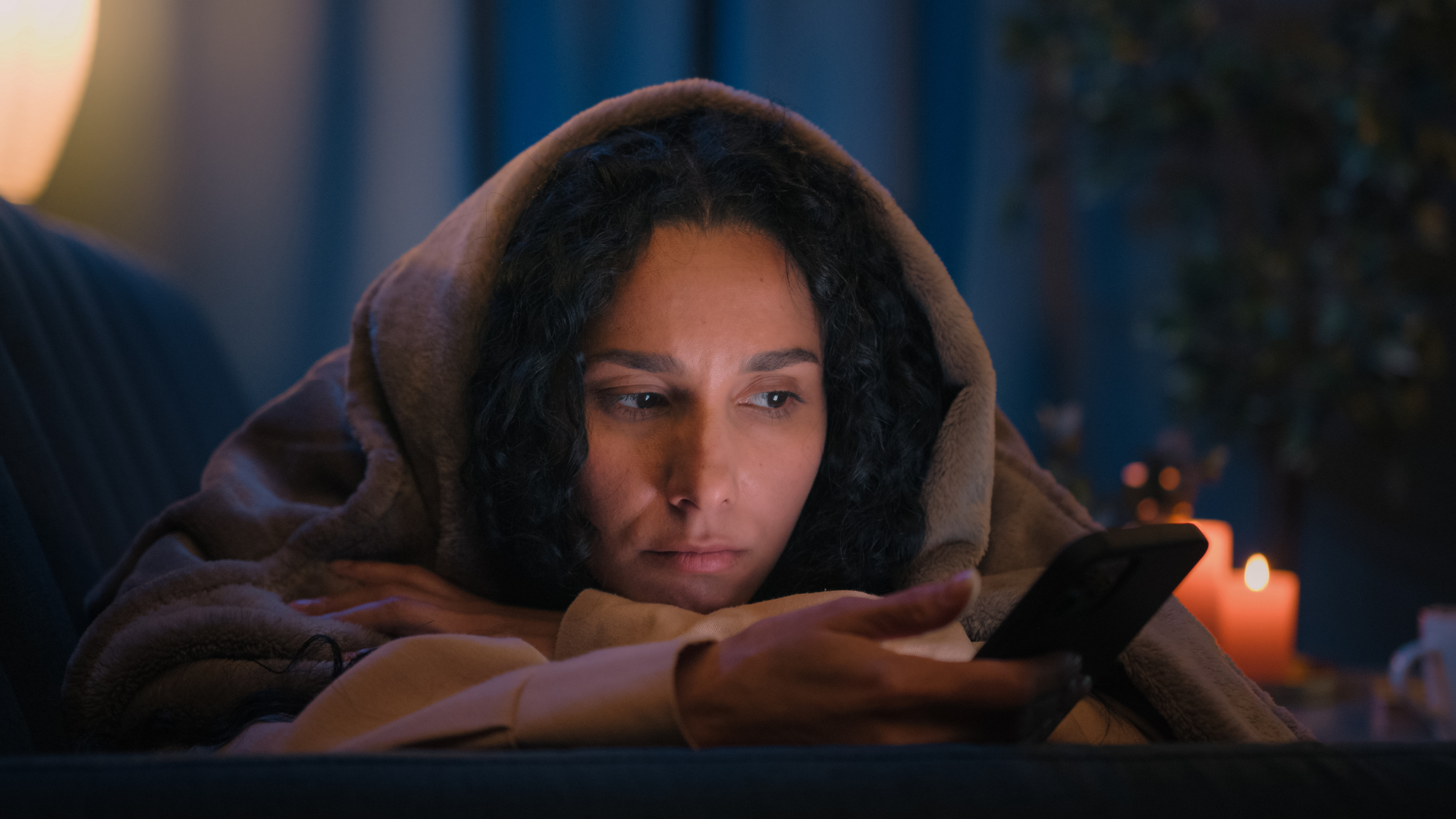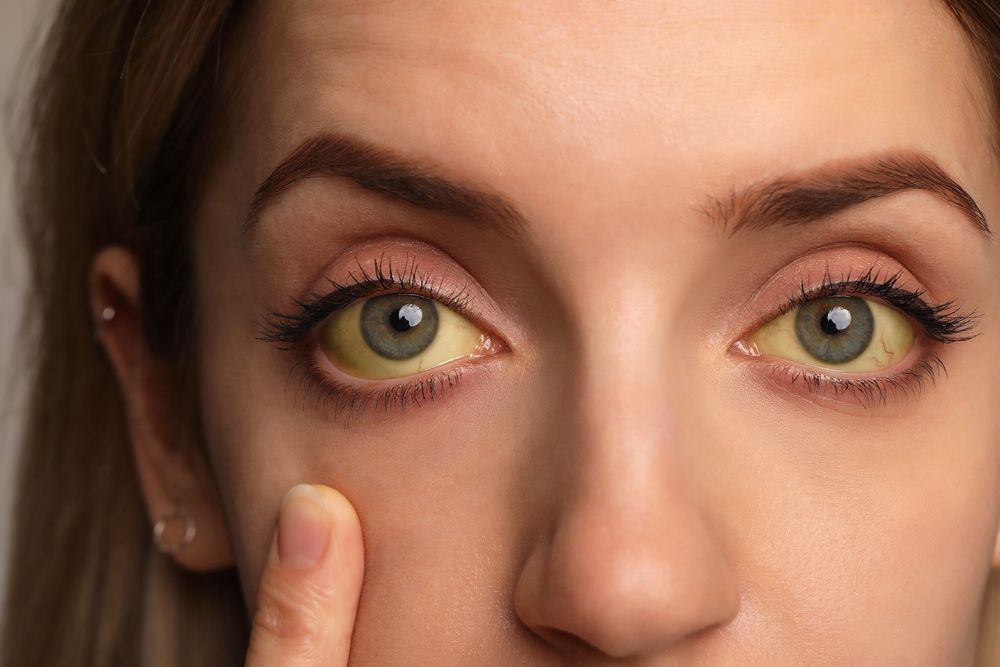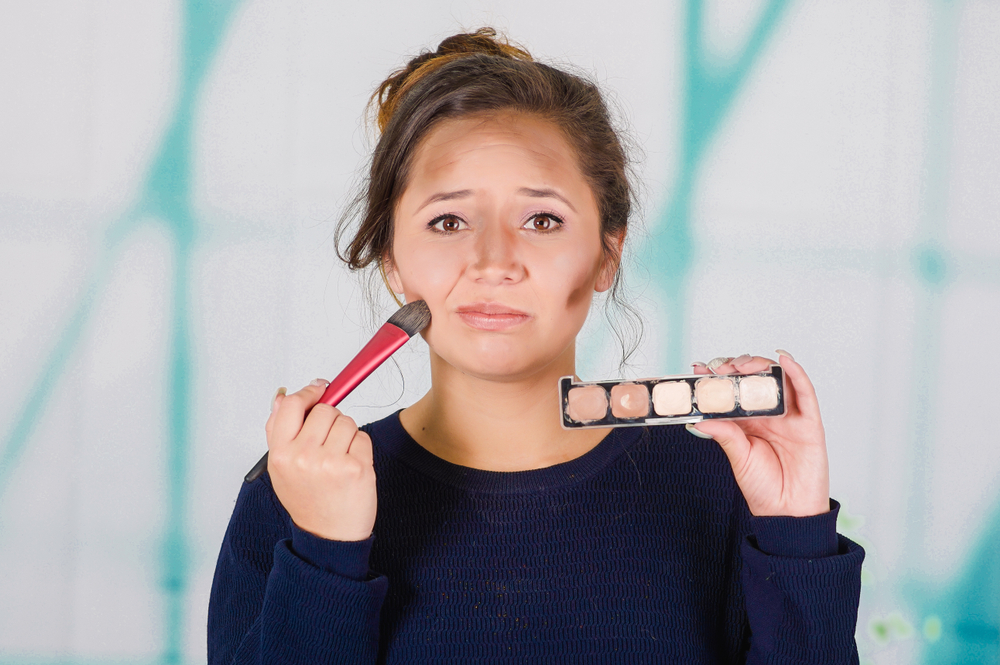You know that feeling when your eyeballs start twitching, your thumb’s sore for no reason, and your brain feels like it’s buffering? Yeah—turns out, screens might be doing more than just killing our attention spans. While we joke about being “chronically online,” your body is quietly waving red flags behind the scenes.
Too much screen time isn’t just a vibe killer—it’s now linked to a growing list of legit medical conditions that sound like a sci-fi writer and a physical therapist on a group chat made them up. From weird nerve issues to sleep sabotage, our tech habits are coming back to bite us—hard. So before you scroll for three more hours, here are 13 new medical conditions linked to excessive screen use that might have you blinking a little more carefully.
1. Digital Dementia

Yes, it sounds like something your grandma might yell when you forget her birthday, but digital dementia is very real—and increasingly common. It refers to the deterioration of cognitive function, especially memory, caused by over-reliance on digital devices. Basically, if you can’t remember your own phone number but can recite your Netflix password in your sleep, you might be experiencing it.
According to Amen Clinics, doctors are seeing more young patients struggling with short-term memory, attention span, and critical thinking, all thanks to constant digital multitasking. Our brains just weren’t built to handle non-stop dopamine hits from scrolling, swiping, and streaming. The overstimulation can lead to decreased gray matter in areas associated with focus and impulse control. TLDR: phones make you forget stuff—and fast. Try “tech fasting” for a few hours a day and see what happens. Your brain might throw you a thank-you party.
2. Smartphone Pinky

It’s the weird little dent you didn’t know you had until TikTok told you. “Smartphone pinky” isn’t officially a medical diagnosis (yet), but it’s gained traction among hand surgeons and chiropractors who are seeing more cases of pinky finger deformities linked to how we hold our phones. Resting your phone on your pinky for hours every day may be causing strain, nerve pressure, and long-term structural changes.
Per Ortho Carolina, this type of repetitive micro-trauma is part of a larger trend of tech-related hand issues, including “text claw” and tendonitis. It’s subtle, but over time can lead to weakness, stiffness, or even nerve pain. And the worst part? Most people don’t notice until it’s already progressed. Consider mixing it up with voice-to-text, a pop socket, or just putting the dang phone down more often. Pinky promise it’s worth it.
3. Cybersickness

You know that woozy, off-balance feeling after scrolling through fast-moving content or trying out a VR headset? That’s not just your imagination—it’s called cybersickness, and it’s essentially motion sickness caused by digital environments. As screens get smoother and more immersive, your brain gets tricked into thinking your body is moving—when it’s very much not.
Symptoms include dizziness, nausea, disorientation, and even blurred vision after too much screen interaction, especially with virtual or augmented reality. Even non-gamers are reporting similar effects after hours of scrolling through videos or playing visually dynamic mobile games. If you’ve ever stood up too fast after a YouTube spiral and felt like you just got off a rollercoaster, you’ve probably had a mild case. The fix? Take breaks, dim the brightness, and maybe cool it on the cinematic TikTok edits. Your vestibular system needs a breather.
4. Tech Neck 2.0

You’ve heard of “tech neck,” that hunched-forward position we all adopt while scrolling or typing—but the 2.0 version is even more intense. Doctors are seeing actual spinal curvature in young adults, usually caused by sustained bad posture from staring down at devices. Think of it as slouching with consequences.
This condition doesn’t just cause neck pain—it can lead to permanent posture issues, herniated discs, and nerve compression. And it’s no longer limited to office workers. Teens and kids are developing it, too, from endless hours of gaming, texting, and doomscrolling. You know it’s bad when chiropractors start calling it an “epidemic of spinal dysfunction.” So lift your screen to eye level. And maybe throw in a few stretches before your next binge.
5. Digital Eye Strain Syndrome

Also known as “computer vision syndrome,” this isn’t new-new, but it’s definitely gotten worse. The combo of high screen time, blue light exposure, and tiny fonts is wrecking our eyeballs. Dryness, blurred vision, headaches, and sensitivity to light? All part of the package.
Studies by Harvard Health report that people are blinking 66% less when looking at screens, which reduces moisture and leads to eye fatigue. Even mild symptoms can snowball into long-term vision issues if ignored. And it doesn’t matter if it’s your phone, your laptop, or your Kindle—you need screen breaks either way. Try the 20-20-20 rule: every 20 minutes, look 20 feet away for 20 seconds. Your eyes deserve better than squinting through 13 hours of TikTok edits and email replies.
6. Zoom Fatigue

Once a quirky side effect of pandemic-era meetings, Zoom fatigue is now a full-blown condition. And no, it’s not just being “tired of people.” It’s the mental exhaustion that hits after hours of staring at your own face while trying to read a dozen micro-expressions on glitchy screens. Unlike in-person conversations, video calls demand extra brainpower to interpret non-verbal cues and maintain eye contact, which, fun fact, we do way more intensely over video.
Add in bad lighting, laggy audio, and the pressure to look “on” at all times, and it becomes a recipe for burnout. This kind of cognitive overload messes with your focus and increases anxiety. If you’re logging back-to-back calls without movement or breaks, your brain doesn’t stand a chance. It’s not just social exhaustion—it’s neurological exhaustion. Pro tip: try turning off self-view or switching to a good old-fashioned phone call once in a while. Your brain waves will thank you.
7. Scroll-Induced Anxiety

Ever finish a “quick scroll” only to feel way worse than when you started? That’s not a coincidence. Doomscrolling—the compulsive habit of endlessly scrolling through bad news, dramatic headlines, or performative content—can trigger low-level anxiety that builds over time. It’s like opening your mental inbox and finding nothing but red flags.
Even harmless-looking content can mess with your nervous system. That influencer with the spotless kitchen? Instant comparison trap. That breaking news push alert? Welcome to existential dread. Constant stimulation keeps your brain in a mild fight-or-flight state, which can throw off your sleep, appetite, and focus. Set screen limits, unfollow stress triggers, and remember: you control the scroll.
8. Phantom Vibration Syndrome

Think your phone just buzzed, but it didn’t? Congrats—you’ve unlocked Phantom Vibration Syndrome. This weird, slightly spooky condition is when your brain thinks your phone is vibrating, even though it’s totally still. It’s a psychological response to being overly connected and hyper-aware of notifications.
The more you check your phone, the more your brain rewires itself to expect interaction—which leads to false alerts. It’s harmless at first, but over time, it’s a sign of tech dependency. The constant anticipation of messages trains your nervous system to stay on alert, even when nothing’s happening. Imagine your body reacting to ghost texts all day. Yeah, not exactly restful. Best way to fix it? Take breaks, keep your phone out of your pocket, and stop checking every buzz like it’s the apocalypse.
9. Eye Twitching Syndrome

That annoying little flutter in your eyelid that seems to pop up whenever you’re staring at your laptop too long? Welcome to screen-induced eye twitching. It’s usually harmless but definitely unsettling, and it’s almost always linked to fatigue, eye strain, and caffeine overload. Screens demand more from your eye muscles, especially when you’re not blinking enough (which happens a lot while reading tiny fonts).
The result? Your eye muscles go into mini spasms that feel like Morse code under your skin. It’s your body’s way of saying “Please blink, hydrate, and maybe take a nap.” If it happens often, it could signal a deeper issue like vision imbalance or magnesium deficiency. But in most cases, it’s your screen habit waving a tiny white flag. Step away from the glow for a bit and let your eyes reset.
10. Repetitive Strain Thumb

Remember when carpal tunnel was the big workplace injury? Well, now it’s your thumb. The overuse of smartphones—especially for texting, gaming, and doomscrolling—has led to a spike in repetitive strain injuries specifically targeting the thumb joint. It might start as a dull ache or stiffness, but it can quickly become sharp pain or limited movement.
The motions we use for swiping and typing are repetitive and unnatural, especially at the speed we do them. Combine that with poor grip support and long durations, and you’ve got a perfect storm for tendon irritation. It’s common in people under 40 who’ve been glued to devices since childhood. If ignored, it can require splints or even surgery. Pro tip: switch fingers, use voice-to-text, and give your thumbs a break now and then. They’ve earned it.
11. Blue Light Insomnia

You finally get in bed, scroll to “unwind,” and then lie awake wondering why your brain refuses to shut off. That, my friend, is blue light insomnia. Screens emit blue light that messes with your body’s natural production of melatonin, the hormone that helps you sleep. It tricks your brain into thinking it’s still daytime—even at midnight.
As a result, your sleep cycle gets delayed, your REM is disrupted, and you wake up feeling like a zombie. Even “night mode” can only do so much. Over time, this can lead to chronic sleep deprivation, poor focus, and even weight gain. Best fix? Cut screen time an hour before bed. Or at least swap TikTok for a Kindle (the non-glowy kind). Your future, well-rested self will thank you.
12. Tech Jaw

You’re staring at your screen, jaw slightly clenched, maybe chewing gum or grinding your teeth without realizing it. Congrats, you might be developing “Tech Jaw.” This modern take on TMJ (temporomandibular joint disorder) is caused by unconscious tension while using devices, especially during stress-heavy activities like email replies or doomscrolling the news.
The jaw starts to tighten over time, leading to clicking, popping, stiffness, or full-blown pain radiating into your ears and neck. Clenching while staring down is more common than we think, especially since we rarely notice it until the symptoms start. Add in bad posture and minimal movement, and your whole face gets tense. A warm compress might help in the short term, but long term? Stretch, breathe, and maybe stop answering work emails from bed.
13. Screen-Induced Vertigo

It’s not just motion sickness from VR—some people experience actual vertigo from everyday screen use. This condition can cause dizziness, unsteadiness, and even nausea after prolonged exposure to certain kinds of visual input. Fast-moving edits, shaky videos, or even scrolling quickly through text can trigger symptoms.
Your eyes and brain are trying to coordinate visual motion that your body isn’t feeling, which causes confusion in the vestibular system. The result? You feel like the room is spinning, but it’s just Instagram. Screen-induced vertigo is more common than most people realize, especially among those sensitive to light or prone to migraines. If it keeps happening, you may need a vision assessment, or just fewer reels in a row because scrolling shouldn’t feel like a rollercoaster.
Natasha is a seasoned lifestyle journalist and editor based in New York City. Originally from Sydney, during a stellar two-decade career, she has reported on the latest lifestyle news and trends for major media brands including Elle and Grazia.


